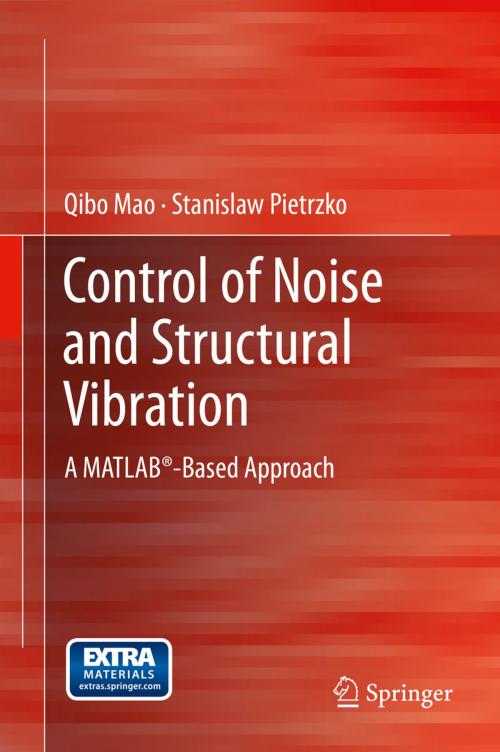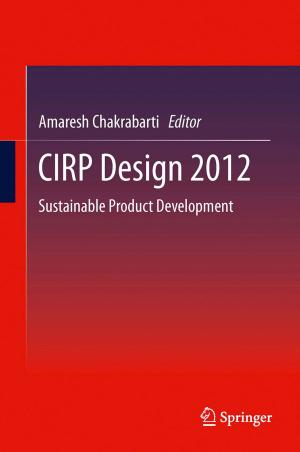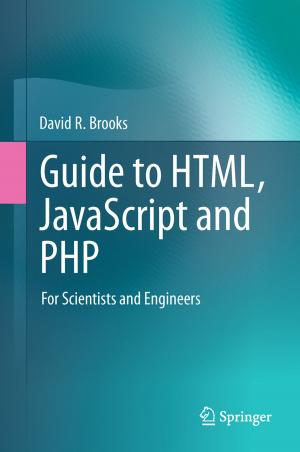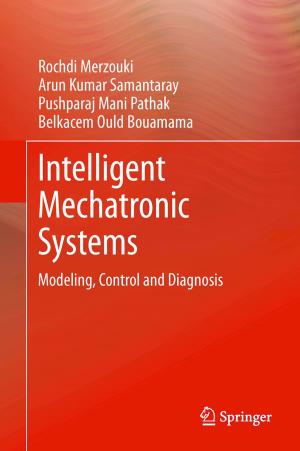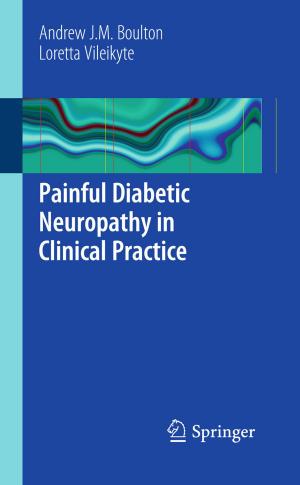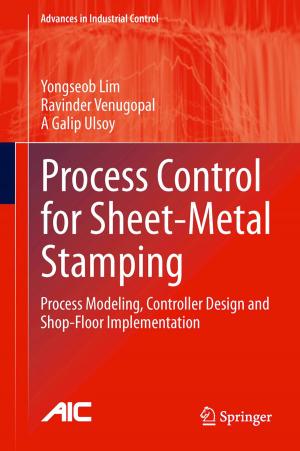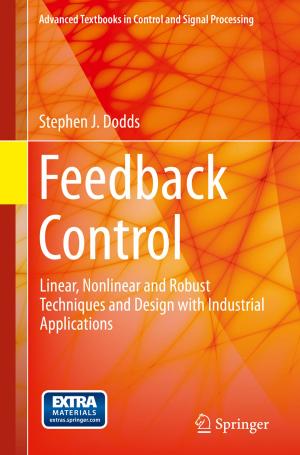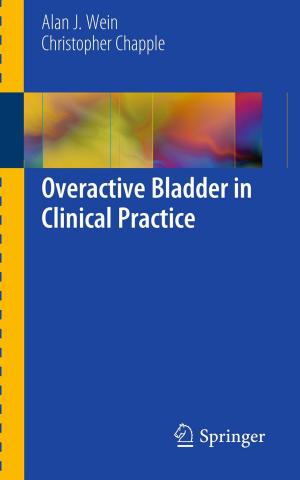Control of Noise and Structural Vibration
A MATLAB®-Based Approach
Nonfiction, Science & Nature, Technology, Automation, Engineering, Mechanical| Author: | Qibo Mao, Stanislaw Pietrzko | ISBN: | 9781447150916 |
| Publisher: | Springer London | Publication: | June 2, 2013 |
| Imprint: | Springer | Language: | English |
| Author: | Qibo Mao, Stanislaw Pietrzko |
| ISBN: | 9781447150916 |
| Publisher: | Springer London |
| Publication: | June 2, 2013 |
| Imprint: | Springer |
| Language: | English |
Control of Noise and Structural Vibration presents a MATLAB®-based approach to solving the problems of undesirable noise generation and transmission by structures and of undesirable vibration within structures in response to environmental or operational forces. The fundamentals of acoustics, vibration and coupling between vibrating structures and the sound fields they generate are introduced including a discussion of the finite element method for vibration analysis. Following this, the treatment of sound and vibration control begins, illustrated by example systems such as beams, plates and double walls. Sensor and actuator placement is explained as is the idea of modal sensor–actuators. The design of appropriate feedback systems includes consideration of basic stability criteria and robust active structural acoustic control. Positive position feedback (PPF) and multimode control are also described in the context of loudspeaker–duct and loudspeaker–microphone models. The design of various components is detailed including the analog circuit for PPF, adaptive (semi-active) Helmholtz resonators and shunt piezoelectric circuits for noise and vibration suppression. The text makes extensive use of MATLAB® examples and these can be simulated using files available for download from the book’s webpage at springer.com. End-of-chapter exercises will help readers to assimilate the material as they progress through the book. Control of Noise and Structural Vibration will be of considerable interest to the student of vibration and noise control and also to academic researchers working in the field. It’s tutorial features will help practitioners who wish to update their knowledge with self-study.
Control of Noise and Structural Vibration presents a MATLAB®-based approach to solving the problems of undesirable noise generation and transmission by structures and of undesirable vibration within structures in response to environmental or operational forces. The fundamentals of acoustics, vibration and coupling between vibrating structures and the sound fields they generate are introduced including a discussion of the finite element method for vibration analysis. Following this, the treatment of sound and vibration control begins, illustrated by example systems such as beams, plates and double walls. Sensor and actuator placement is explained as is the idea of modal sensor–actuators. The design of appropriate feedback systems includes consideration of basic stability criteria and robust active structural acoustic control. Positive position feedback (PPF) and multimode control are also described in the context of loudspeaker–duct and loudspeaker–microphone models. The design of various components is detailed including the analog circuit for PPF, adaptive (semi-active) Helmholtz resonators and shunt piezoelectric circuits for noise and vibration suppression. The text makes extensive use of MATLAB® examples and these can be simulated using files available for download from the book’s webpage at springer.com. End-of-chapter exercises will help readers to assimilate the material as they progress through the book. Control of Noise and Structural Vibration will be of considerable interest to the student of vibration and noise control and also to academic researchers working in the field. It’s tutorial features will help practitioners who wish to update their knowledge with self-study.
